Understanding the Different Uses of Laboratory Glassware
November 8, 2021

Learn the uses of laboratory glassware, their types and when to use them—all in one post!
Glass is the choice of many when it comes to lab hardware and for good reasons. For one, it is transparent, chemical and heat resistant, and available in a wide range of shapes and sizes.
Thanks to its many favourable qualities, glassware has become prevalent in laboratory experiments. Indeed, they serve many functions, but it can be overwhelming to see them all around in labs without knowing their uses.
Here is where this guide comes in handy. In this post, we will look at the various types of laboratory glassware and where it is common to use each type.
Plus, we will do some explorations about the safe handling of glassware. Read on to find out!
What Is Laboratory Glassware?
Before we head to the uses of laboratory glassware—first things first: what is it?
As the name suggests, laboratory glassware is a variety of equipment made from glass and used in science. This includes chemistry, biology, and analytical laboratories.
Moreover, glass can be formed into many shapes and sizes by moulding, cutting, bending, and blowing. With this solid-like material, there is a possibility of breakage.
Thus, first-time staff need to learn how to use glassware in the lab correctly and they need to know the potential hazards inherent in working with it.
Although there are plastic alternatives, glass is still favoured by many. But before we get straight to the uses of laboratory glassware, it will be helpful if you are familiar with its general properties.
Uses of Laboratory Glassware: The General Properties of Glass
Glass outperforms plastic when it comes to experimenting with high chemical resistance. Its solid structure is designed to withstand substances like:
- Acids
- Alkalis
- Organic solvents
- Saline solutions
Unlike plastics, glassware has dimensional stability even at high temperatures. It is suitable for reagent and chemical storage as well.
There are different kinds of technical glass types available, each with differing applications. Some of these are the following:
- Soda-lime glass. AR-Glas falls in this category; it is suitable for short exposure to chemicals and limited heat stress. It has good physical and chemical properties. Culture tubes and pipettes are usually manufactured using this kind of glass.
- Borosilicate glass. Like with soda-lime glass, it has good physical and chemical properties. Almost all of the Wiltronics range of glassware is made from Borosilicate due to it’s very low coefficient of thermal expansion. This means it can handle extreme changes in temperature without cracking. It also suitable to use with a wide variety of chemicals.
You might also come across jointed glassware with varying types of joints, too. Each also has its own specific functionality, such as:
- Conical joints – the common type of ground glass joint, featuring a tapered cone and socket.
- Spherical joints – they are commonly used to correct receiving flasks to rotary condensers.
- Flange joints – ideal for pipeline constructions and on large capacity flasks and reaction vessels.
- Screw thread joints – provide a strong but easily adjustable connection.
The resistance of glass
When it comes to thermal resistance, glass should be heated to a temperature somewhere between the lower and upper annealing points. It should be kept at that temperature for about 30 minutes, then cool it according to prescribed cooling rates.
The glass should also be properly heated and cooled to avoid breakage. Each type of laboratory glassware shows different levels of temperature change resistance.
How does glass resists chemicals?
The chemical resistance of glass includes water resistance, acid resistance and alkali resistance. It only has a little reaction with water and acids at the surface level.
Alkalis, however, do attack the glass surface at high concentrations and temperatures. This can result in the destruction of graduations of volumetric instruments, or a volume change.
Different Types and Uses of Laboratory Glassware
A wide range of glass apparatuses are available for laboratory use. Each is manufactured from various types of glass depending on the purpose.
Listed below are the common types and uses of laboratory glassware:

Beakers
Beakers are simple containers used to hold samples and reagents. They are also used to catch liquids from titrations and filtrates from filtering operations. Beaker tongs are an excellent companion tool for holding hot beakers.
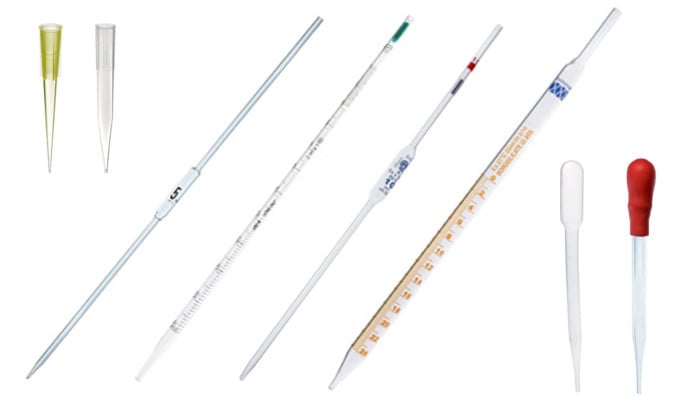
Bulb and graduated pipettes
Pipettes are used to measure and transfer a volume of liquid from one container to another. Bulbs serve as a vacuum source for filling reagents through a pipette. They help control the flow of liquid from the dropping bottle.
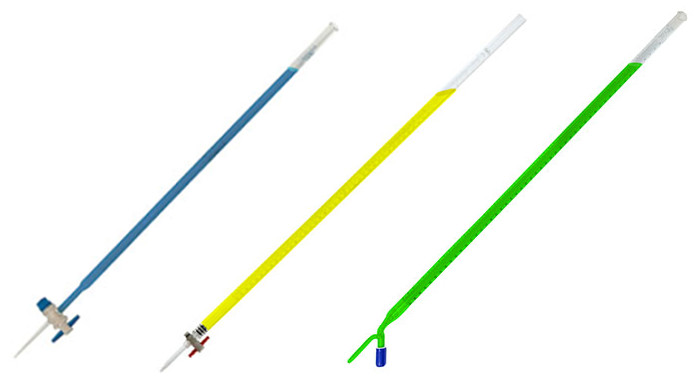
Burettes
This lab apparatus dispenses and measures variable amounts of liquid (or sometimes gas) into another vessel. Burettes can be specified according to their volume, resolution, and accuracy of dispensing.
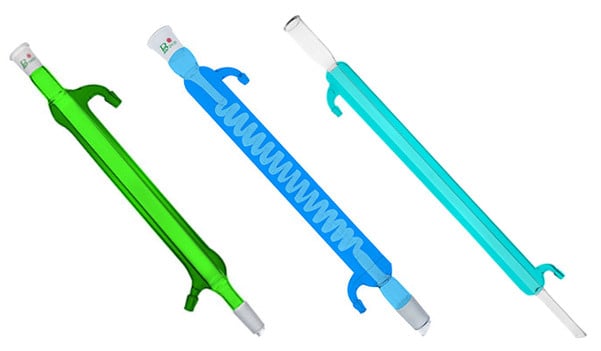
Condensers
The function of a laboratory condenser is to cool hot gases into liquids. It is commonly used in distillation and reflux processes and is made of glass.
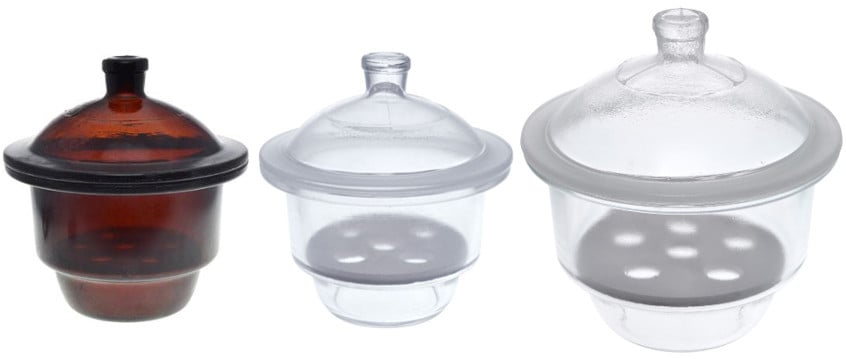
Desiccators
Desiccators are sealable containers designed to absorb moisture from a substance.
Drying pistols
A pistol is similar to a desiccator; it is a more direct method of removing moisture from a sample. It is a “pistol” because it resembles a firearm.
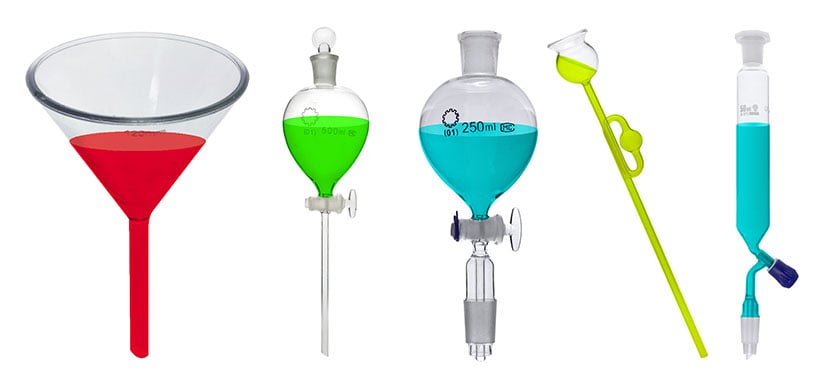
Funnels
Also known as separatory funnels, funnels are used to channel liquids or fine-grained chemicals (powders) into labware. They feature a narrow neck or opening.
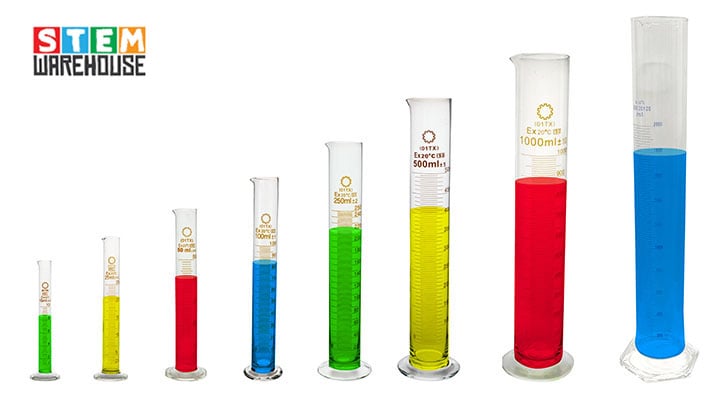
Graduated cylinders
Measuring cylinders have volumetric marking for volume monitoring. These cylindrical vessels are used to measure the volume of liquids, chemicals or solutions. They are more precise and accurate than flasks and beakers.
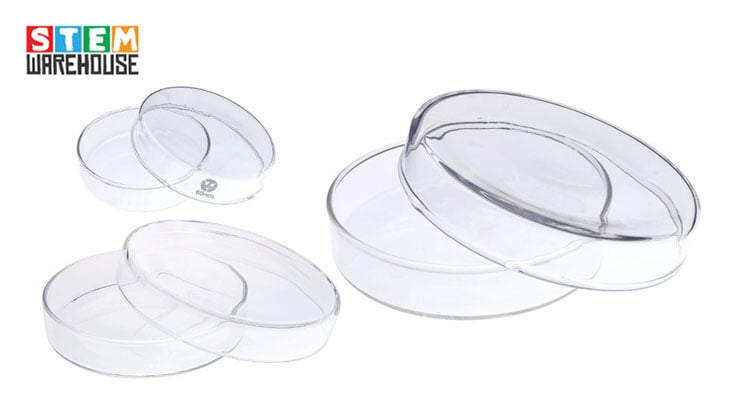
Petri dishes
A petri dish is a shallow transparent cylindrical lidded dish in glass or plastic. You can use them to contain a thin layer of agar on which to grow bacteria and fungi. They are common in microbiology labs.
Retorts
This type of lab vessel is for the distillation of substances.
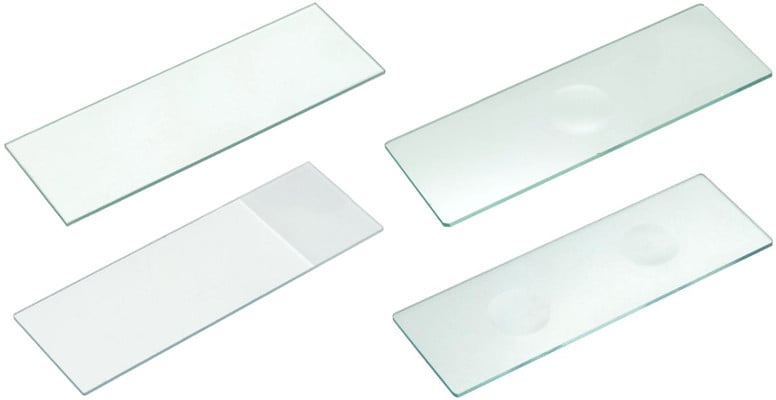
Slides
Slides are a thin flat piece of glass used to hold items under a microscope for inspection and study.
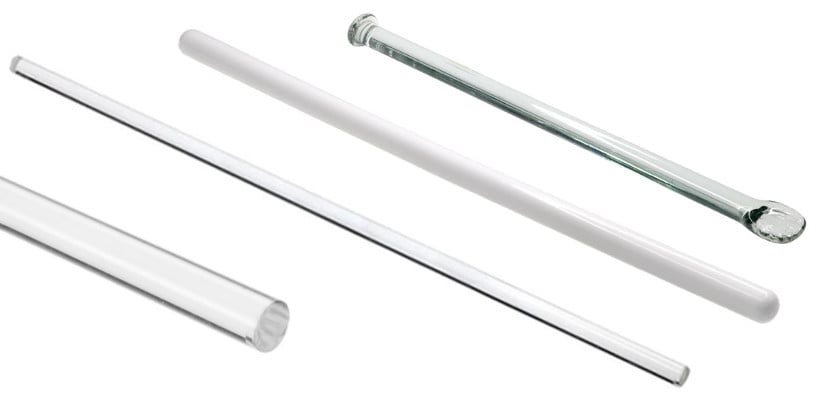
Stirring rods
Also known as glass rods, stirring rods are used to mix chemicals and liquids for laboratory purposes.
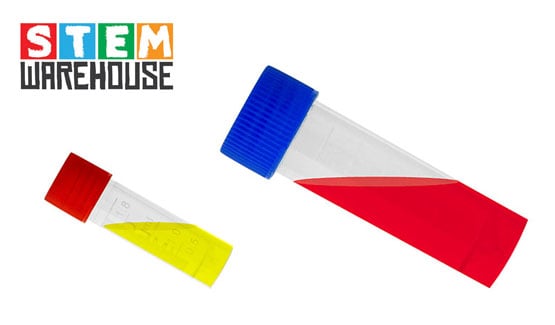
Vials
Vials are small glass or plastic vessels used as scientific sample bottles. You can also use them for storing medications like liquids, powders or capsules.
Note: Maximum precision is required in all lab experiments, so the equipment must be kept in top-quality condition. And although glass is resistant to high temperatures and most chemicals, prolonged use can lead to degradation.
Uses of Laboratory Glassware: Safe Handling Tips
Now that you know the different uses of laboratory glassware, it is time to learn how to handle it safely!
While it can withstand high temperatures and even the most dangerous chemicals, it can be fragile.
If dropped, it can cause further accidents, including spillages or worse injuries in the process. But you can prevent these lab accidents by following these safety tips.
Tip #1: Inspect the glassware before use
You want to make sure that the apparatus you are using does not have scratches, dents, or cracks. For one, scratches can turn into cracks which could potentially leak.
If you are handling dangerous chemicals, spillages are something you do not want to occur. If you see any flaws, it is better to dispose of the glassware and replace it with an undamaged alternative.
Tip: When selecting glassware, determine the compatibility of the apparatus with the chemical process. Keep in mind that some chemicals react with glass, causing damage like cracks.
So, if your experiment involves temperature or pressure changes, make sure the glassware you use can withstand it.
Tip #2: Handle and store glass properly
Proper handling of glassware can reduce the risk of injury and accident. When carrying a glass lab apparatus, be sure to:
- Use both hands (position one hand under the glass for support).
- Never carry a flask by its neck; a beaker by its side.
- Appropriate gloves should be worn, especially when there is a risk of breakage (e.g. inserting a glass rod). This includes chemical contamination or thermal hazard.
- When handling hot or cold glassware, always wear insulated gloves.
- Avoid physical stresses to the glassware. Where necessary, stabilize it by using clamps and platforms to relieve pressure. Avoid overtightening clamps to prevent breakage.
- Ground-glass joints are crafted for a perfect fit and may stick sometimes. Never force a joint free.
- Never heat or cool glassware unless it is necessary.
When storing glassware, keep it away from shelf edges. Place it toward the back of benches or hoods instead.
Also, do not let instruments roll around in drawers; we suggest using drawer pads.
Note: You should not use fume hoods and biosafety cabinets for storage.
Tip #3: Glass rod or tubing
Setting up apparatus can involve pushing glass tubes through a cork or stopper. There are also times when you will need to attach a rubber policeman to a glass rod
Or attaching a glass Pasteur pipette to rubber tubing for aspiration. These procedures tend to have a high risk of injury when they break.
When working with these, it is important that you:
- Make sure the holes are the correct size for the glass material.
- Never force the glassware into place.
- Use lubricant such as glycerin or soapy water on both the hole and tube.
- Wear cut resistant gloves.
- Hold the glass material with a towel and position it close to the insertion point.
- Use a twisting motion to move it into place.
Tip #4: Label it
Keeping a record of everything you have done is an important practise when working in a laboratory. This includes labelling glassware to state its contents.
Doing so can help prevent potential risk or danger. Hence it should be standard practice for every lab scientist.
Tip #5: Keep the glassware clean
After using the glassware, wash it and take appropriate safety precautions. In most cases, glass lab apparatus should be sterilised after each use to prevent potential dangerous cross-contamination.
You should also wear chemical-resistant gloves. When washing, never use old cleaning brushes; replace them with new ones after each use.
You also want to make sure to clear the cleaning area after and not overload the sink, dishwasher or soaking bin.
If you are looking for more laboratory supplies, check out our full Science & Lab Supplies range here. We have an extensive range of lab equipment for chemistry, biology, physics, and environmental science!
© Electrotech Brands Pty Ltd 2021


Write a Comment
You must be logged in to post a comment.